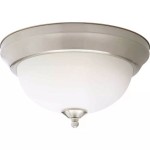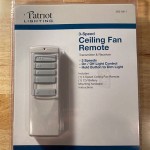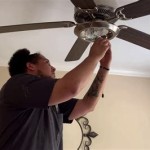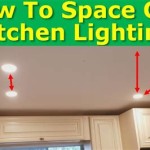Essential Aspects of Best Can Lights For Drop Ceiling
When illuminating a space with drop ceilings, choosing the best can lights is crucial for optimal lighting performance and aesthetics. Several essential aspects should be considered to ensure a well-lit and functional space. This article will explore the key points to ponder when selecting can lights for drop ceilings.
1. Lighting Type: The type of lighting emitted by the can light determines the ambiance and functionality of the space. Common options include incandescent, fluorescent, LED, and halogen lights. Incandescent lights provide warm and traditional lighting, while fluorescent lights offer energy efficiency. LED lights are highly versatile and provide both energy efficiency and a range of color temperatures. Halogen lights provide bright and focused illumination.
2. Beam Angle: The beam angle refers to the spread of light from the can light. Wider beam angles (e.g., 120 degrees) create a more diffused light, while narrow beam angles (e.g., 30 degrees) produce concentrated illumination. Consider the desired lighting effect and the size of the space when selecting the beam angle.
3. Color Temperature: Color temperature measures the warmth or coolness of the emitted light and is expressed in Kelvin (K). Warm color temperatures (2700K-3500K) create a cozy atmosphere, while cool color temperatures (4000K-5000K) provide a more invigorating and focused light. Choose the color temperature based on the ambiance you wish to achieve.
4. Dimmability: Dimmable can lights allow you to adjust the light intensity to suit different moods and activities. Consider the need for dimmability when selecting can lights, especially in spaces where you want to create a variety of lighting scenarios.
5. Trim Type: The trim type influences the aesthetic appeal of the can light and can complement the ceiling design. Common trim types include baffle, reflector, and sloped wall trims. Baffle trims provide a clean and concealed look, while reflector trims enhance light reflection. Sloped wall trims are designed for angled ceilings.
6. Energy Efficiency: Energy efficiency is an important aspect to consider, especially in commercial or large-scale installations. LED can lights are known for their exceptional energy efficiency, consuming up to 80% less energy compared to traditional incandescent lights.
7. Wattage and Lumen Output: Wattage refers to the power consumption of the can light, while lumen output measures the amount of light it produces. Consider the size of the space and the desired light level when determining the appropriate wattage and lumen output.
By carefully considering these essential aspects, you can select the best can lights for your drop ceiling, ensuring optimal lighting performance, aesthetics, and energy efficiency.

6 Types Of Lighting For Drop Ceilings And What S Best Your Home

3 Best False Ceiling Lights You Can Use To Create Better Ambience

6 Types Of Lighting For Drop Ceilings And What S Best Your Home

Top 3 Ideas To Light Up Your Ceiling Saint Gobain Gyproc

9 Types Of False Ceiling Light Designs To Glam Up Your Home

Reviewing The Best Drop Ceiling Lights For Suspended Ceilings Warehouse Lighting Com

Recessed Lighting Guide Lowe S

Suspended Ceiling Lights The Best To Put On A

Top 3 Ideas To Light Up Your Ceiling Saint Gobain Gyproc

3 Best False Ceiling Lights You Can Use To Create Better Ambience
Related Posts








